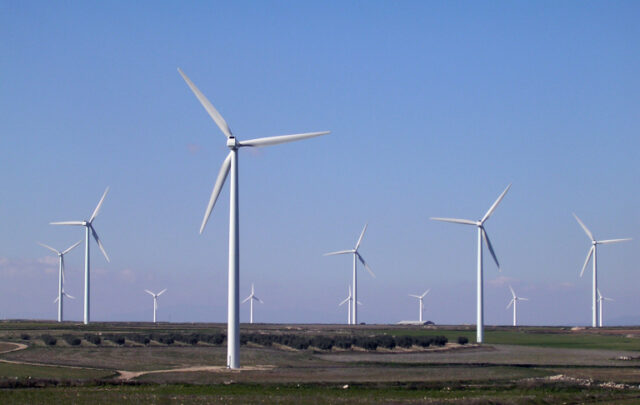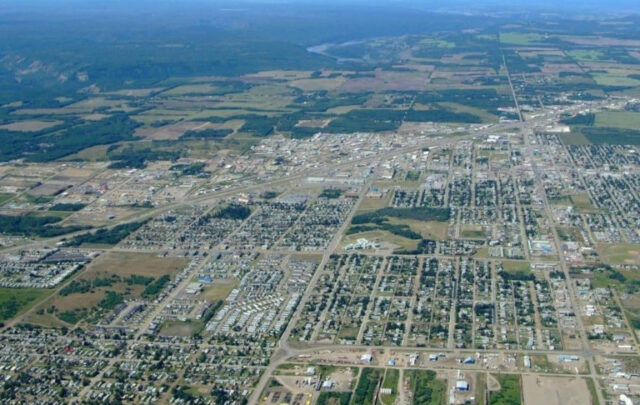It’s black, dirty and desperately unfashionable, but without it the UK may be heading for winter blackouts. Could coal really be the future of British energy?
The last 25 years have not been kind to the British coal industry.
Pit closures, the Miners’ Strike and the so-called “dash for gas” of the 1990s have all left the black stuff in a precarious position.
On Friday the industry will suffer another body blow, when the last pit at the Selby complex in Yorkshire shuts, ending the life of what was once the jewel in the crown of British mining.
Yet as coal appears to be on its last legs, power and engineering industry union Amicus is claiming the UK needs to be using more.
It says the prospect of colder winters and over-reliance on gas imported from unstable countries will otherwise leave the UK exposed to power cuts – a claim the government dismisses.
Can coal really be the future of British energy and are UK mines in any position to meet extra demand anyway?
Industrial might
Coal power currently accounts for just 28% of UK electricity production, down 4% over the past year, the latest government figures show.
At the same time, use of gas is still rising and now makes up 44% of all electricity generation.
In 2003 the UK produced just 28.2 million tonnes of coal – less than 10% of the amount mined in 1900, when it fuelled the might of Britain’s manufacturing and heavy industry.
Current UK coal production is also exceeded by Britain’s imports of 31.9 million tonnes.
There are just nine fully working deep mines left, eight of them belonging to UK Coal and the independent Tower Colliery in Wales. These mines are operating at very near to capacity.
If the UK wanted to produce more coal, it would need to reopen old mines or sink new shafts – something easier said than done.
Dangerous gamble
“There are additional reserves that could be developed, deep reserves in various parts of the country,” says UK Coal’s Stuart Oliver.
“But it is likely to take 15 years to get into full production, four to five years of getting planning permission and then 10 years before full production.”
One possible site is the Witham “prospect” on the border of Nottinghamshire and Lincolnshire.
To get a complex up and running there would cost in the region of £400m, a dangerous gamble without significant state intervention in a time of fluctuating energy prices.
Furthermore, mines closed during coal’s years of doom and gloom cannot be resurrected, Mr Oliver says.
“It is not a simple matter. They don’t exist. They have been demolished. Most of these old mines couldn’t compete in the 1970s and 1980s and since then Mother Nature has filled up the holes.
“The tunnels flood, they become gassed up, the whole thing can cave in.”
Additional problems are posed by the fact that mines closing now will soon be unusable and that the industry has an ageing workforce.
Dave Douglass, of the National Union of Mineworkers’, represents the small band of men still working at the pit at Hatfield in South Yorkshire, mothballed a year ago.
“Miners are mostly middle-aged now. There are no new miners,” he says.
Renewable energy
For its part, the Department of Trade and Industry says it is putting money into modernising coal power. But its focus is on renewable energy like wind power, and guaranteeing security of supply.
The Lib Dems, meanwhile, are opposed to increased use of coal, its DTI spokesman Malcolm Bruce dismissing support for greater use of coal as “fantasy land”, because “coal power pollutes”.
His argument is given weight by Professor Ian Fells, chairman of the New and Renewable Energy Centre, who says current coal-fired plants produced a kilogram of carbon dioxide for every unit (KWh) of energy produced.
In contrast, gas produces only half a kilogram and nuclear just 30g.
Amicus and the National Union of Mineworkers are among those who claim the UK should be investing “clean-burn coal technology” to cut the risk of pollution.
One alternative is for expensive new plants which operate by converting coal into gas and burning the gas in a similar way to a gas plant.
Unfortunately for proponents of coal power, Britain’s coal-fired plants are ancient, with the most recent plant, Drax, started in the 1970s.
Unstable exporters
Kenneth Fergusson, president of the Combustion Engineering Association, and a former head of the UK’s Coal Authority agrees that finding cleaner ways to use fossil fuels is the next step.
“We can and should be building our next generation of both coal and nuclear plants,” he says. “In clean coal, the Americans are well on their way.”
If supporters of clean-burn technology manage to persuade the government of the need to find more secure sources of energy, it could well be that coal plays a part.
But even if that happens the part UK miners will get to play seems far from certain.





